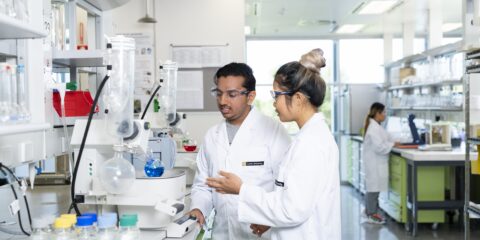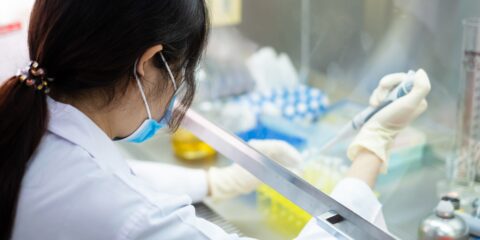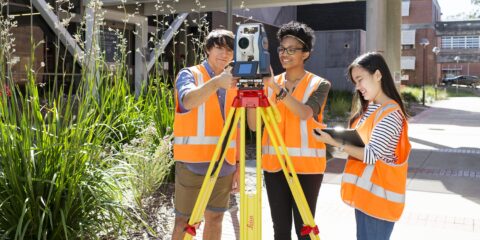Hazardous Materials
Curtin is committed to ensuring that all its use of hazardous materials and equipment fulfills legislative requirements and ensures the safety of workers, the wider community, and the surrounding environment.
Before conducting research or teaching activities
You must identify the hazards inherent in your work, document your safety protocols in a written risk assessment, and seek any approvals you need from Curtin or Government regulatory bodies.
· Identify hazards using a Research Initiation Guide (RIG)
· Assess risk in CHARM or our Generic Risk Assessment Form or your local areas form
Before acquiring hazardous materials or equipment
Before leaving Curtin
Either for a leave of absence or permanently, ensure that you hand over responsibility for all hazardous material, equipment, and research to your supervisor.
All students are to complete the following HDR Supervisor’s Checklist for Exiting Students prior to leaving Curtin.
For staff, please use the Staff exit check list link below, to ensure you have appropriately handed over responsibility for all hazardous materials and equipment before departing Curtin.
Join the Hazardous Materials User Forum
If you are interested in hazardous materials management and want to be consulted about improvement projects, please feel free to join the Hazardous Materials User Forum by emailing HazardousMaterials@curtin.edu.au
Types of hazardous materials and equipment
Follow the links below or on the left of this page to find out how to manage the various types of hazardous materials and equipment.

Chemical safety
Examples of hazardous chemicals in the workplace include printer toners, cleaning products, batteries, solvents, paints, herbicides, agricultural chemicals, fuels, herbicides, and laboratory chemicals.

Biological safety
Biohazards include Genetically modified organisms (GMOs), imported biosecurity materials, pathogenic microorganisms and clinical samples from humans or animals

Radiation and lasers
Radiation includes lasers and any radiation-producing sources and equipment.

Medicines and poisons
Any workers using medicines and poisons in research and educational settings will need a permit to be able to purchase medicines or poisons.

Asbestos
Anyone who identifies or suspects they have identified an unmarked product containing asbestos should immediately report it to Facilities Management on 9266 2020 or Health and Safety on 9266 4900